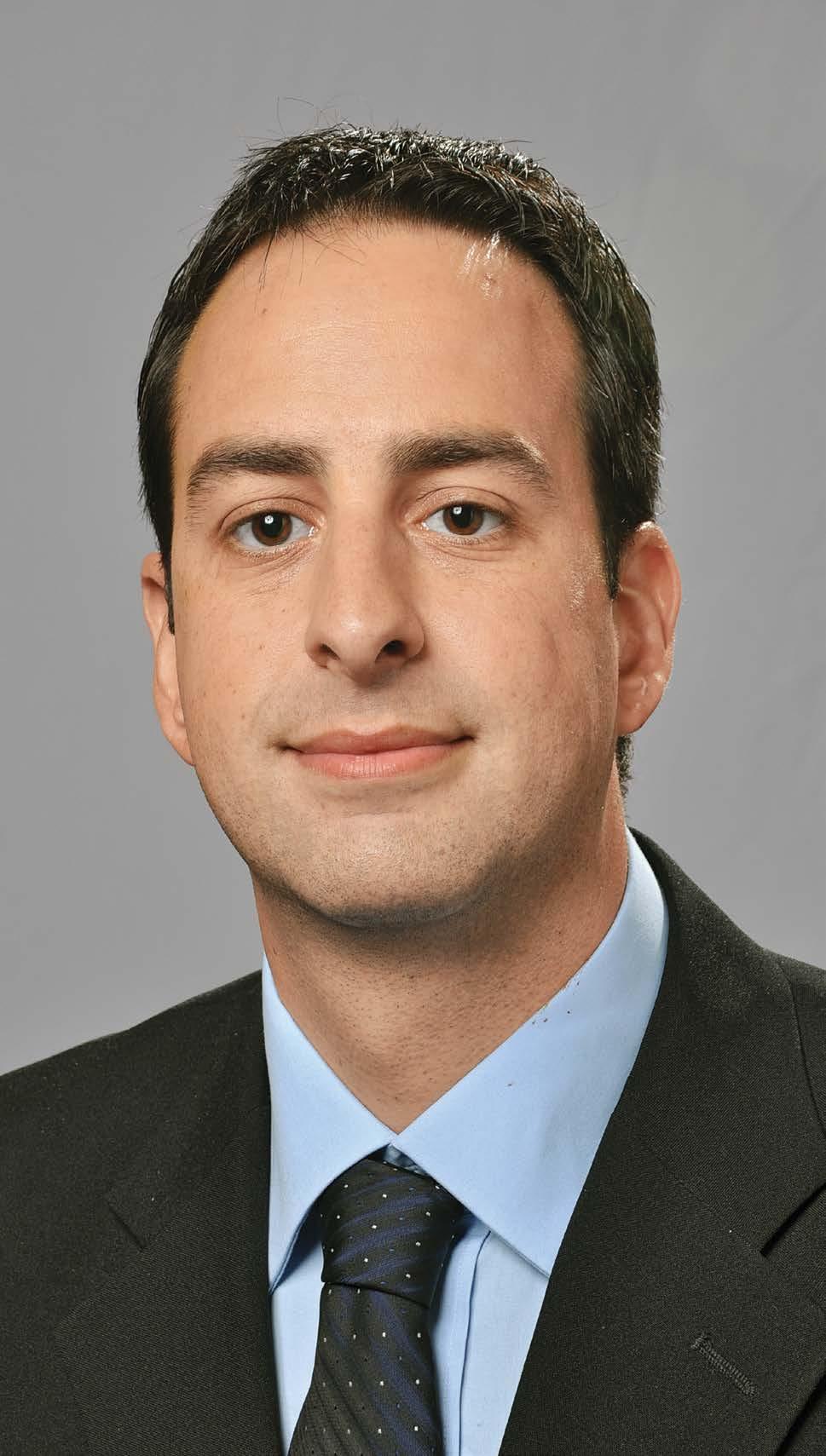
1 minute read
Airline, Airport Synergies Lead to Growth
Carlos Campillo
Partner | Alegre, Calderón & Márquez Abogados SC
Ricardo Dueñas CEO | Grupo OMA
Jorge Gutiérrez de Velasco General Manager | AIQ
Mauricio Arellano Villavicencio Director of the Fuels Division | ASA
Coronel Alain Solana Operations Deputy General Manager | AIFA
For the past two years, Mexico’s aerospace and aviation sectors have focused on recovering activity flows and economic stability after the COVID-19 pandemic. Now, the industry has shifted its goals and is also striving to advance its sustainability plans and improve passenger experience to continue to be among the main means of transportation for both passengers and cargo. Airlines and airports are two of the main pillars on which the development of the Mexican aerospace industry hinges.
The sustained efforts on traffic recovery have also highlighted new industry trends regarding passenger behavior. “We used to have 23 million passengers regarding domestic and business traffic and, while the first segment is back up, the second has taken the longest to recover,” says Ricardo Dueñas, Director General, Grupo OMA.
“Trips to visit family and friends and tourism travel have been the fastest areas to recover. We saw the first indicators in 2020 but industrial business flights did not take off until 2022. Just recently, Grupo OMA experienced 90% growth in these types of flights, but this occurred two years after the COVID-19 outbreak,” says Dueñas.
Hygiene measures and airport practices regarding in-person contact between clients and staff have also changed, leading to the adoption of measures that best fit passenger needs, Dueñas says. These measures also respond to the sector’s long-time goal to increase air travel in Mexico, an objective that has been greatly advanced by the country’s ultra-low-cost airlines. These airlines have dramatically boosted local tourism to the point that they are now being recognized internationally for their achievements in the sector. “As Mexico’s middle class grows and the population pyramid has more people old enough to travel, these passenger flows are expected to grow. And so will airport capacity,” says Dueñas.
The increase in traffic is heightening pressure on the already saturated Mexico City International Airport (AICM). This airport’s saturation was one of the main reasons behind the construction of Mexico City’s new airport: Felipe Ángeles International Airport (AIFA). While new, AIFA “is trying to work jointly with airlines through incentives that keep fares low and increase airport accessibility,” says Col. Alain Solana, Operations Deputy General Manager, AIFA. To avoid traffic disruptions, AIFA aims to offer appropriate domestic connections that reduce travel time and provide greater security to operators.










